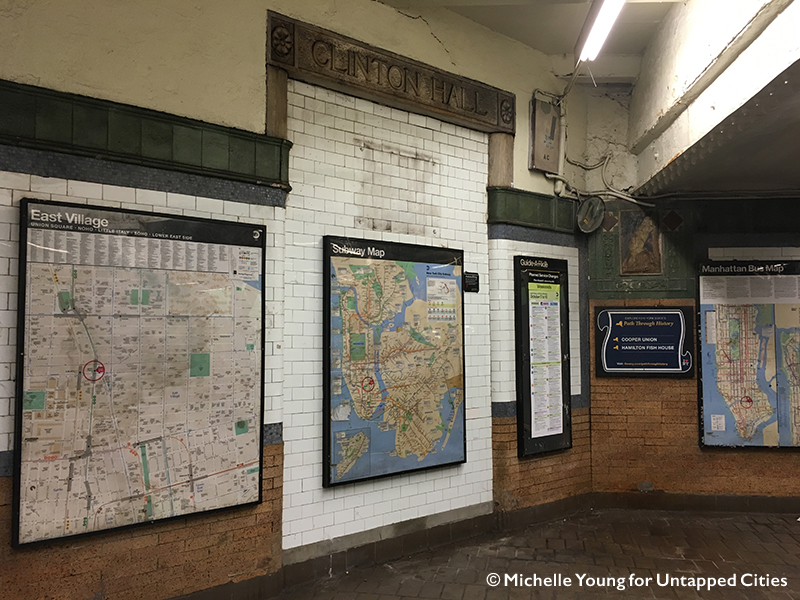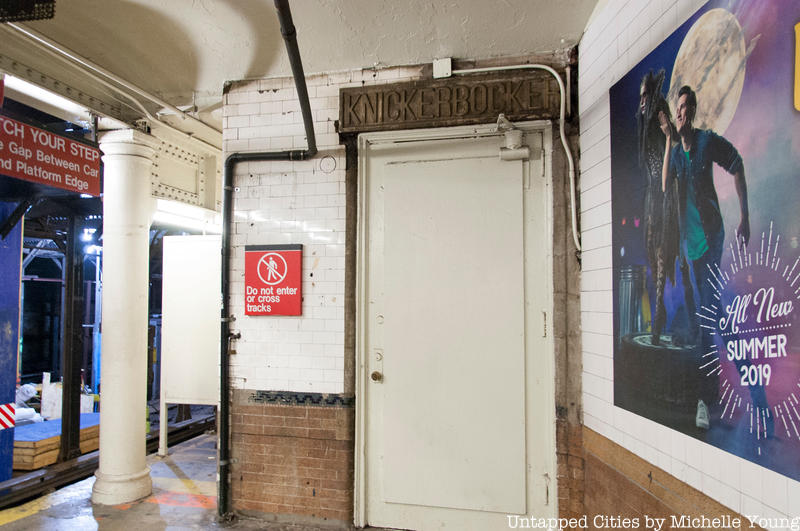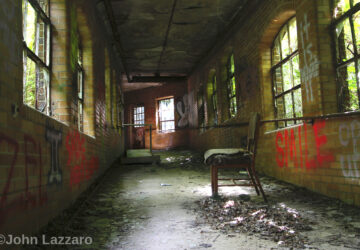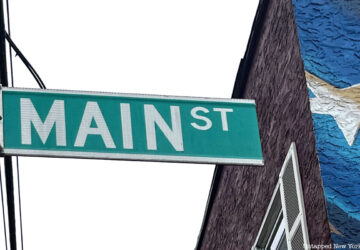
New York City’s underground subway system is the largest in the world, and it is constantly evolving. Since the subway and the city above it have changed so much over the past century, the system is dotted with forgotten entrances and exits that once connected popular stations to nearby buildings or other transit hubs. From an elaborate entrance that once led early 20th-century socialites to a buzzing hotel bar and restaurant to corridors that protected commuters from the elements, discover some of the subway’s forgotten entrances!
1. Knickerbocker Hotel Entrance

The Times Square subway station is one of the 28 original stations of New York City’s first subway line, the Interborough Rapid Transit, which opened in 1904. The neighborhood where the station is located, formerly known as Longacre Square, was a hub of adult entertainment and prostitution. However, the arrival of the subway, the relocation of The New York Times headquarters, the high-class entertainment of Broadway, and a new name transformed the area.
Wanting to capitalize on the newly minted Times Square’s growing popularity, developers J.E. and A.L. Pennock built a hotel on land owned by John Jacob Astor IV on the southeast corner of 42nd Street and Broadway. The Knickerbocker Hotel opened in 1906 and still exists today. Nicknamed “The 42nd Street Club,” the hotel became a place to see and be seen. Near the shuttle to Grand Central Terminal, at the end of Track 1 in today’s subway station, you can see a door that once led to the hotel’s lowest level, where the bar and restaurant were located. The hallway which leads to the hotel was once decorated with heraldic banners and settees, according to a description from the New York Times in 1906. Today the tunnel is closed from the public and used for storage. Inside, decaying decorative plasterwork and ornate stenciling give hints of its former splendor. The original hotel closed in 1920 and for years the Knickerbocker was used as office space. It was reopened as a hotel in 2015 but the tunnel remains closed.





